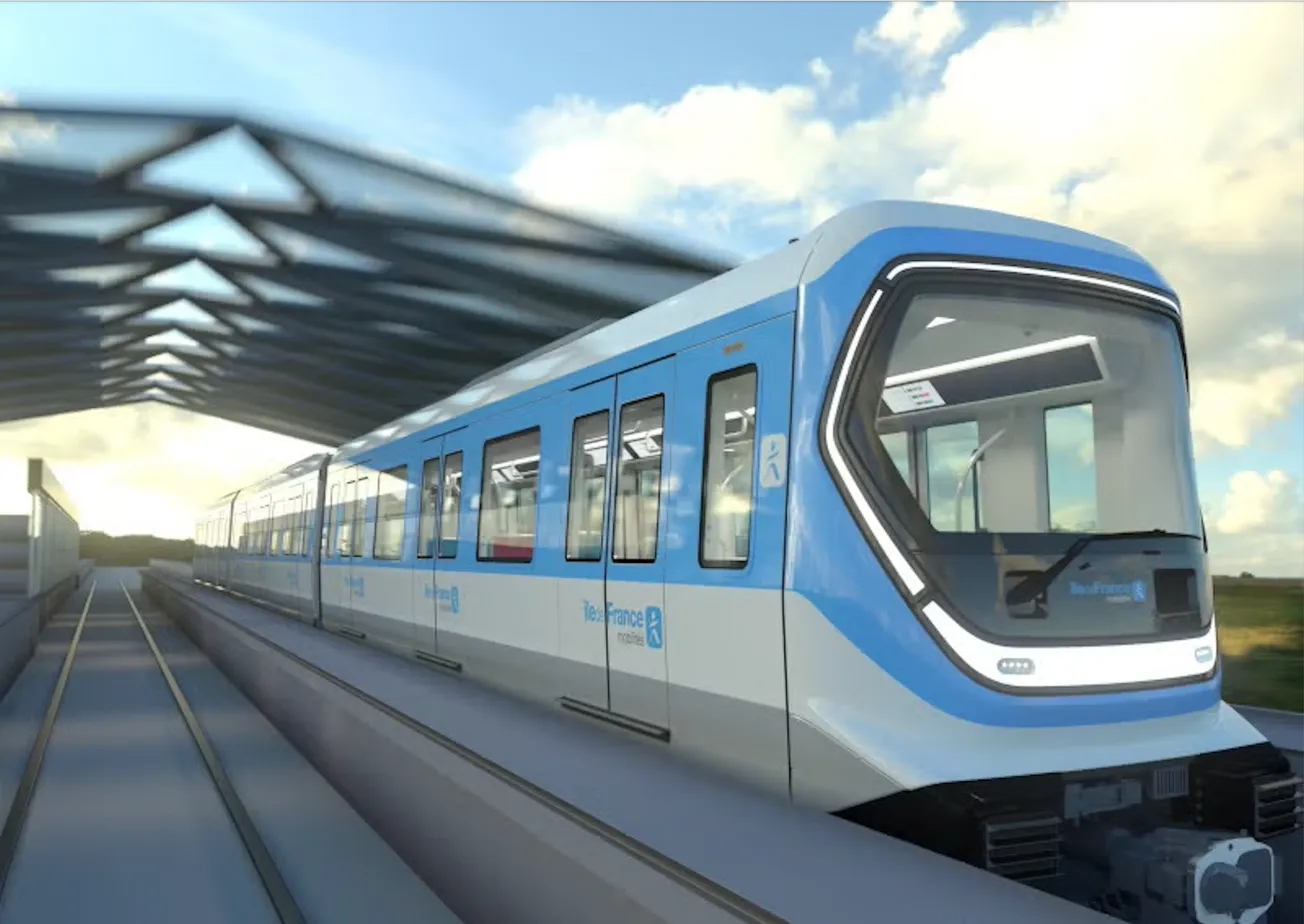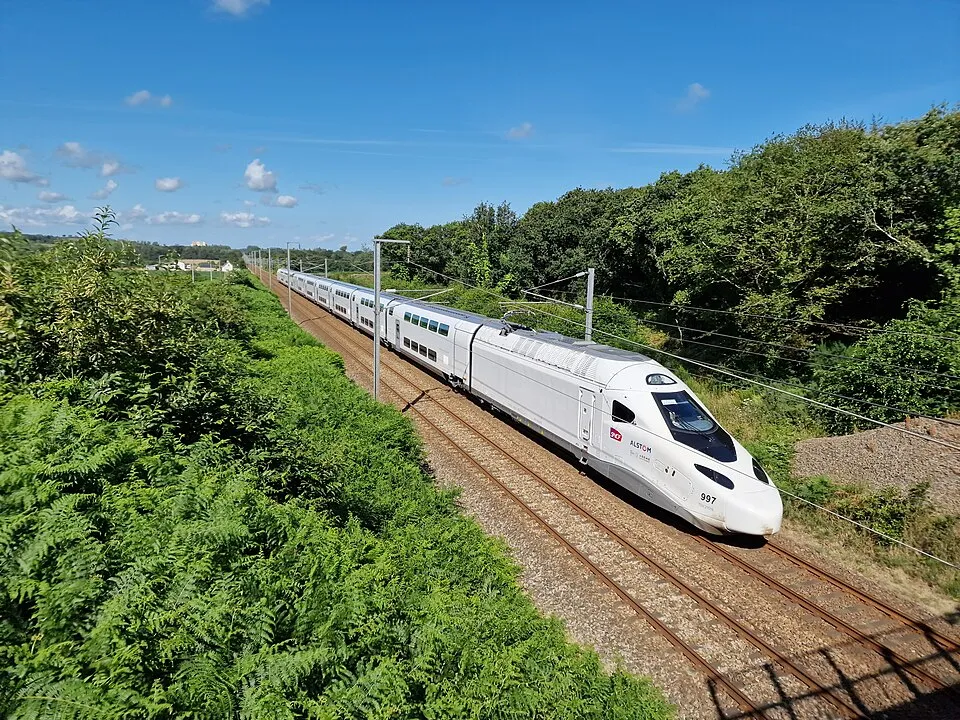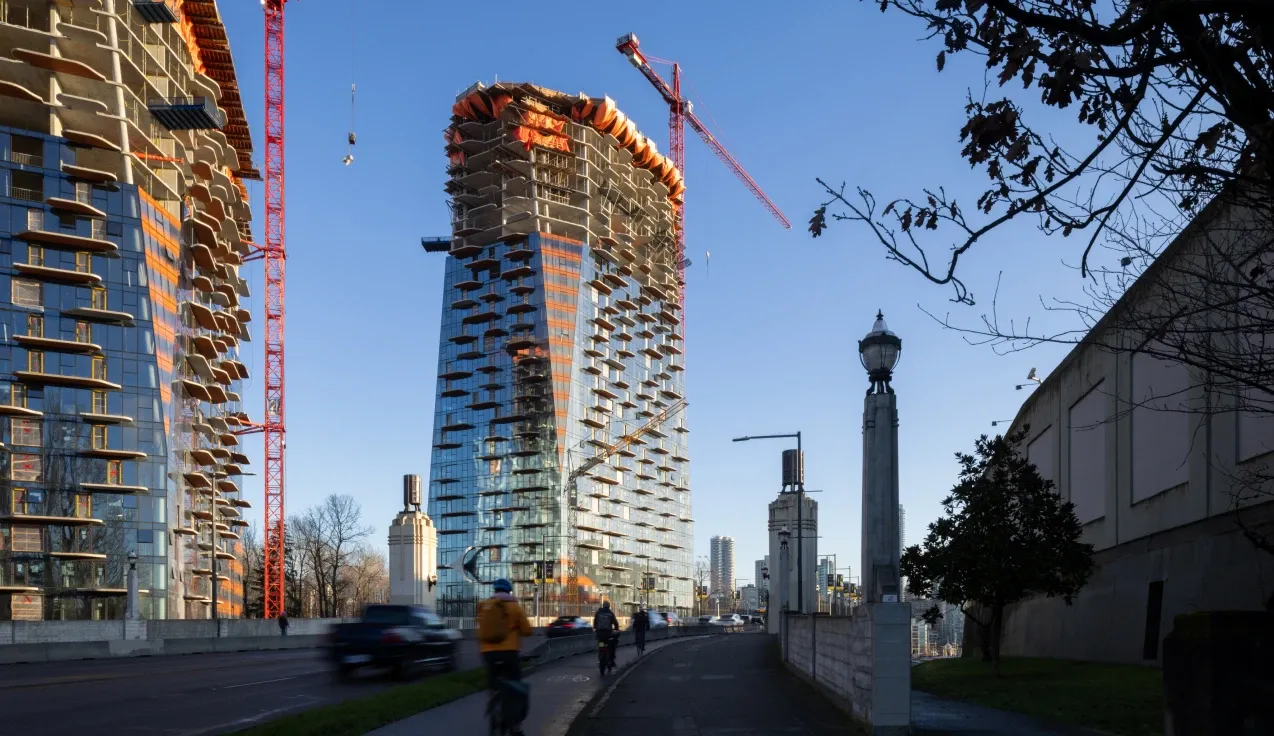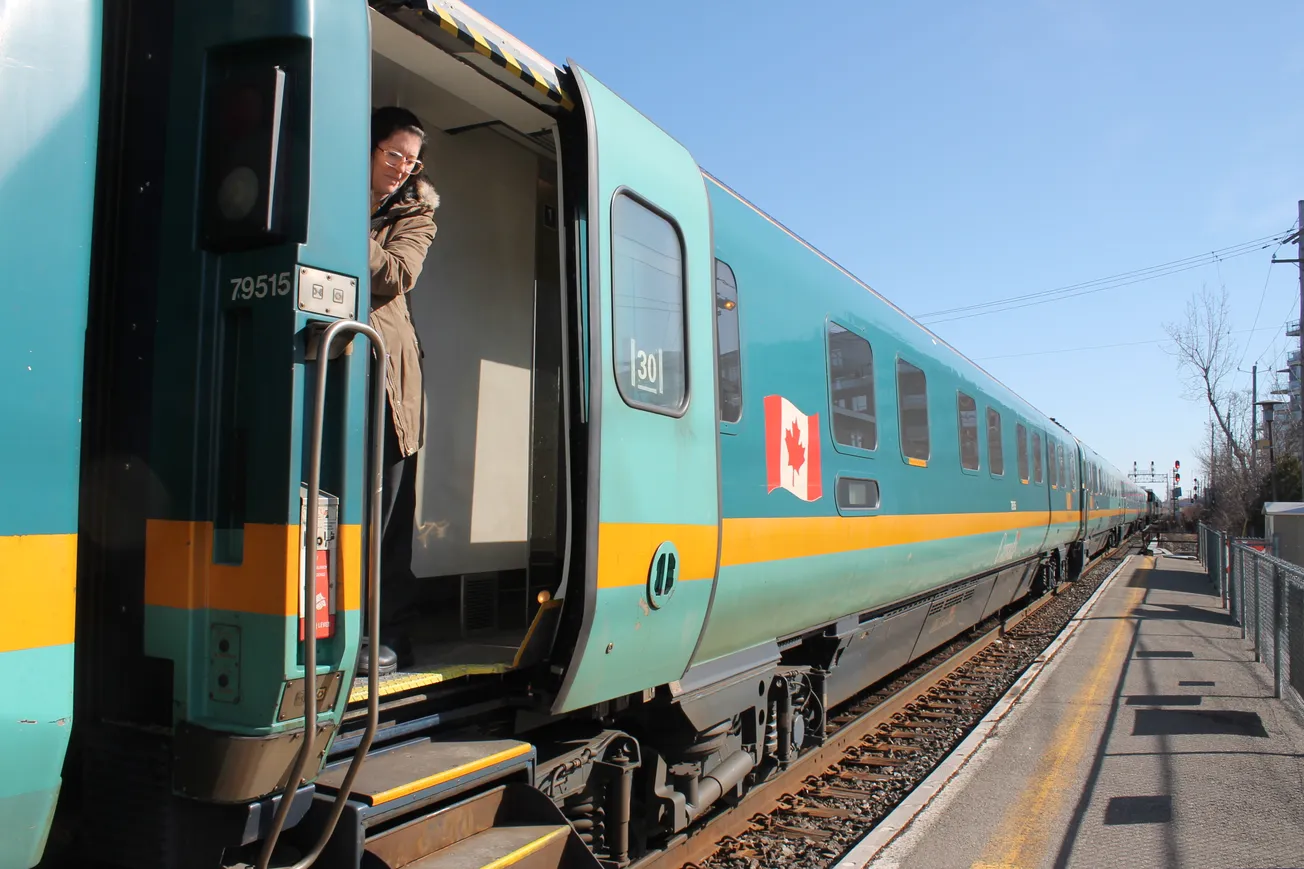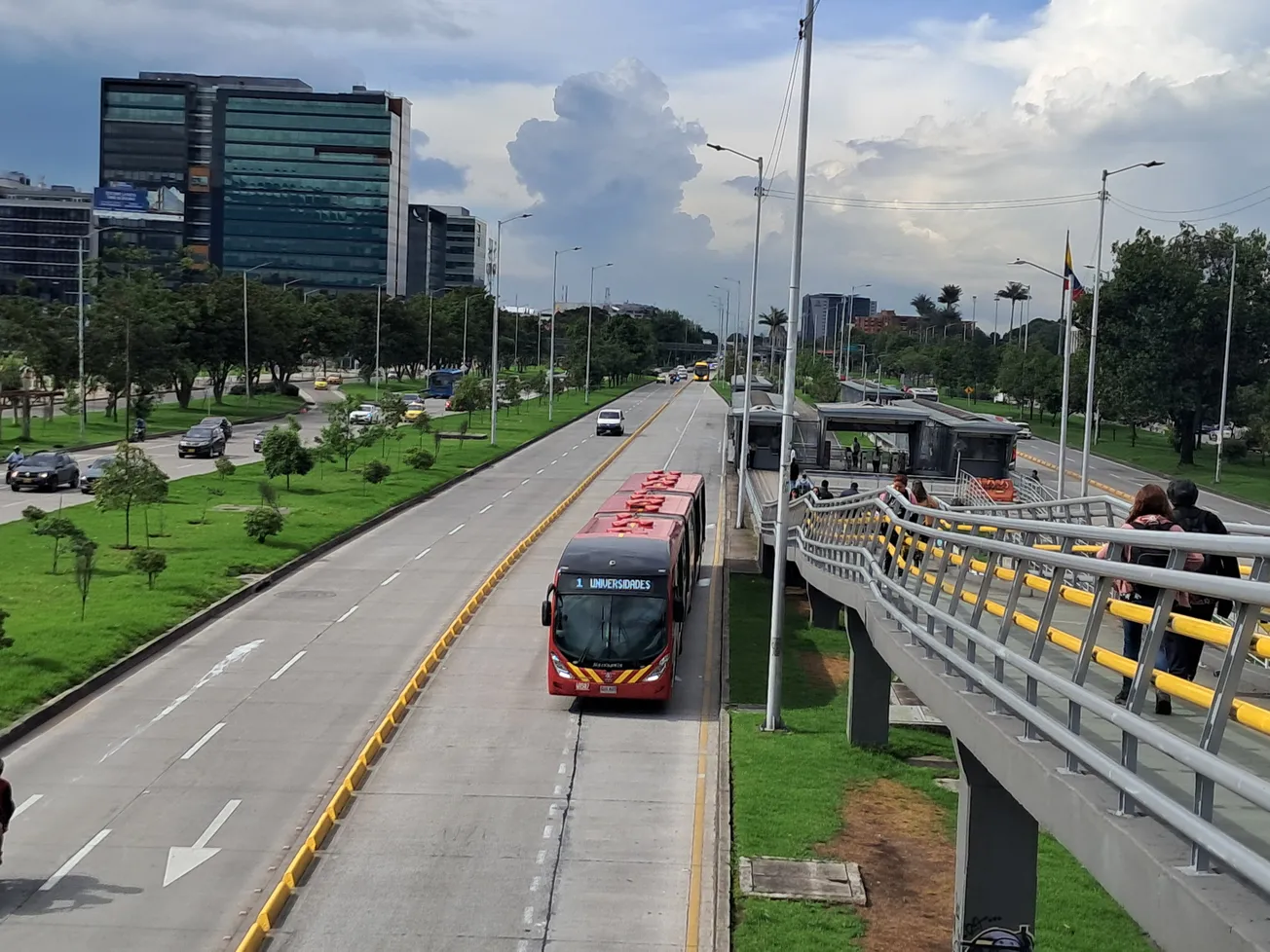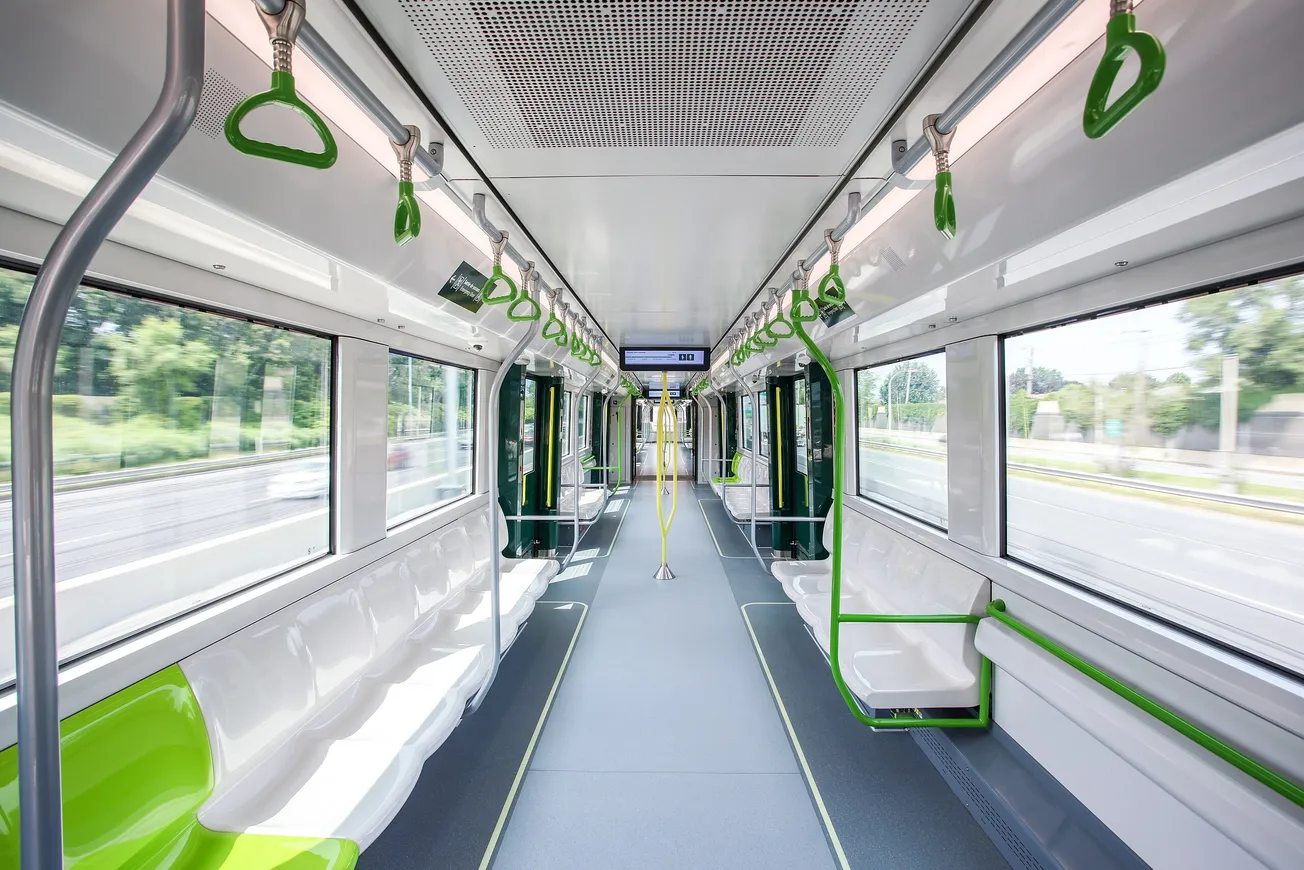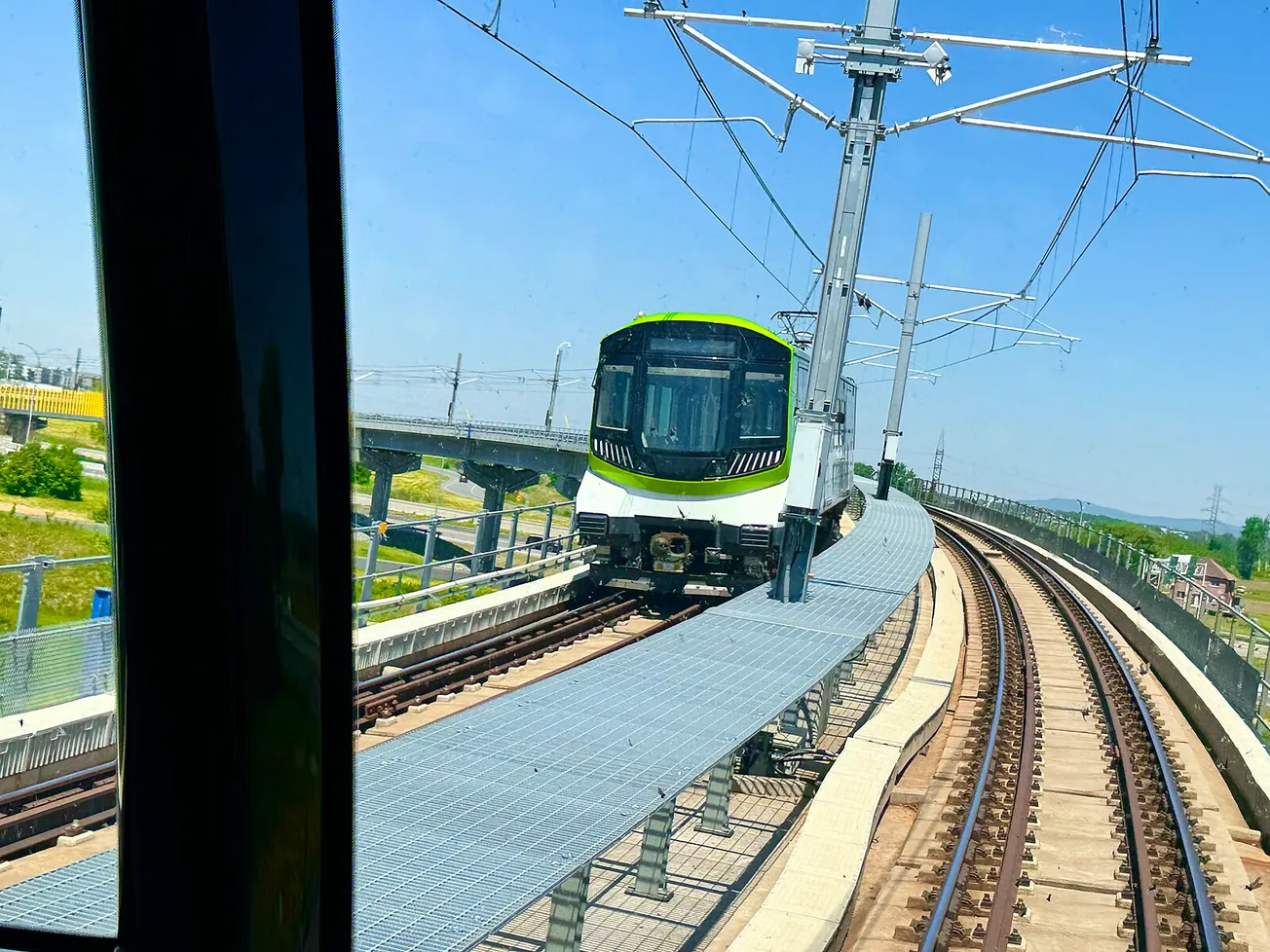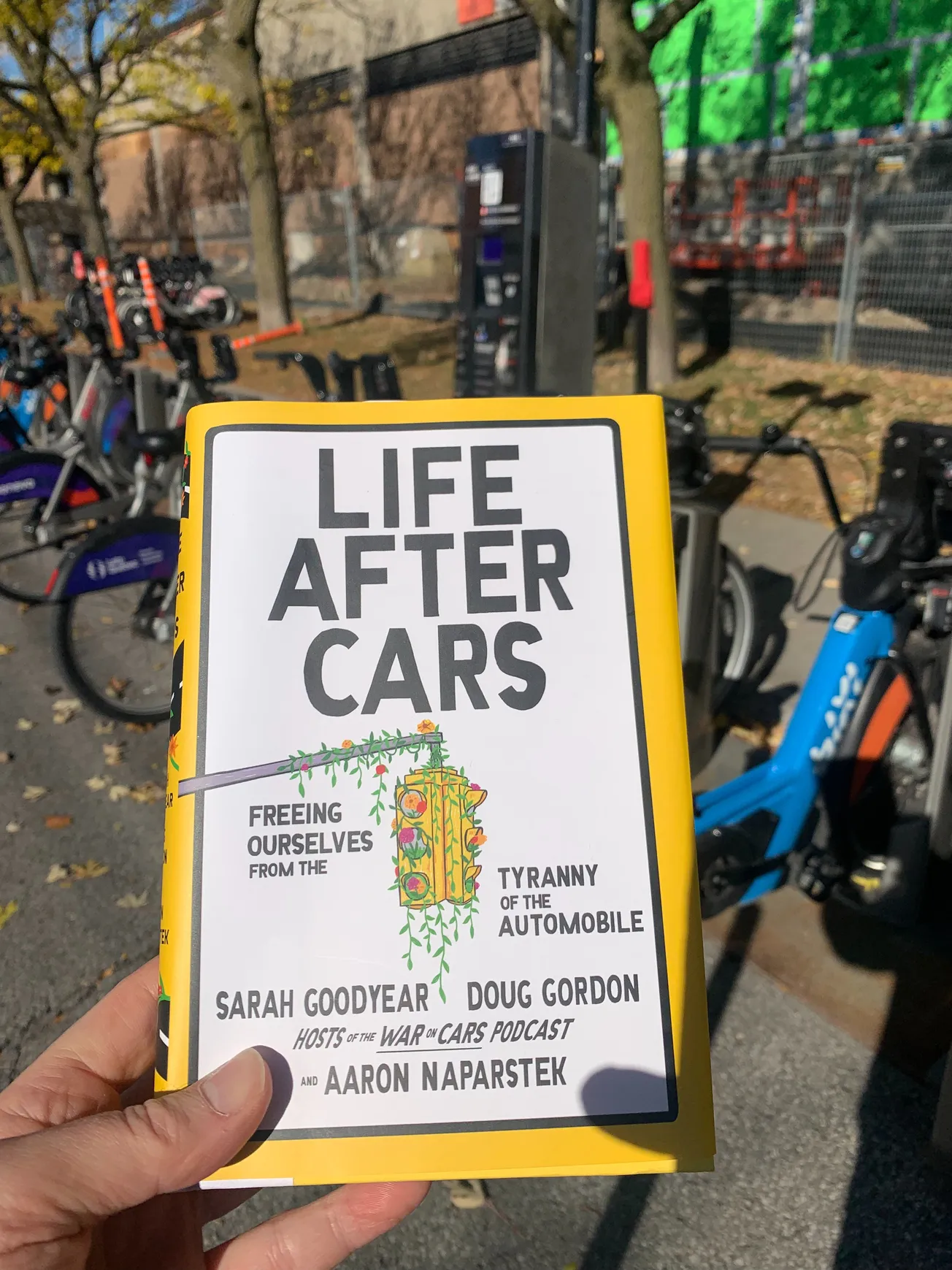A Cross-Country Milk Run Aboard the United States’s Trolleys and Cable Cars
(Here's a blast from the past: back when magazines were still paying writers to travel, I got an assignment to ride trolleys across the U.S., from Kennebunkport to San Diego. I don't write 'em like this any more.)
// A thin Pacific rain is washing over the hills of San Francisco, and aboard the Powell-Hyde cable car, the gripman is having a rough night of it. With both feet planted on the wheel-brake pedal, he stops long enough for a pair of umbrella-toting Asian women to alight near Chinatown. Then, with a cry of “Kout for the coive!”, he lets the car coast into the stretch of track that swerves up Jackson Street. As hands clad in fingerless leather gloves pull back on the grip lever, jaws of soft steel clamp onto the cable that perpetually slaps eighteen inches beneath the pavement, and the car is abruptly jerked up the hill at a breakneck nine-and-a-half miles per hour. Suddenly, as we round the corner of Hyde Street, the gripman pulls a lever, jamming spring-loaded brake shoes of pine onto the rain-slick rails. The six-ton car slides to a halt—right in front of a double-parked station wagon idling empty in the middle of the street.
Pushing his standard-issue green beret back on his head, the gripman yells: “Who the hell parked their car on the track?”, and grimly surveys the deserted street. Eventually, a red-faced woman runs out of the video store on the corner, and the troublesome automobile skulks away—leaving us stranded on a curve, a dead spot where there’s no rope for the cable car to clamp onto. Along with a dozen other standees, I descend from the running board, and push with all my might until Car No. 18 starts rolling downhill. As we trundle past Swensen’s Ice Cream Parlor, the long-suffering gripman mutters aloud—for the benefit of the soaked pole-hangers still chattering about their adventure: “Cable car? I never want to see another cable car as long as I live.”
Proof—if you ever needed it—that the misanthropic motorman, crotchety symbol of the North American urban street railway, is far from extinct. As cities across America revive their historic street railway systems, he’s poised to make a comeback aboard hundreds of vintage trolleys and streetcars. A dedicated traveler can now board a turn-of-the-century streetcar in San Jose’s Kelley Park, hop the San Diego Trolley to the Mexican border, or catch an antique Portuguese tram in Detroit. In all, 26 cities have revived these cantankerous anachronisms—complete with cussing operators, rattling windows, and detuned gongs—and vintage streetcars now run along Seattle’s waterfront boulevards, Memphis’ Main Street, and down McKinney Avenue in Dallas.
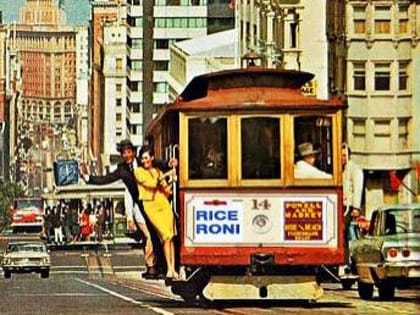
In some places, of course, the street railway never completely disappeared. Visitors to the red brick powerhouse on Russian Hill, home of San Francisco’s free Cable Car Museum, can get an insider’s view of the first American public transit system run by something other than brute horse-power. Above the constant hum of unspooling cable, museum director Merrill Cohn explains how, in 1869, wire-rope manufacturer Andrew Hallidie watched dray horses being dragged to their death as a passenger car slid down the slippery cobblestones of Jackson Street. “He thought that was cruel,” says Cohn, “so he came up with a way of linking carriages to a moving wire rope, like the ones used in mineshafts.”



